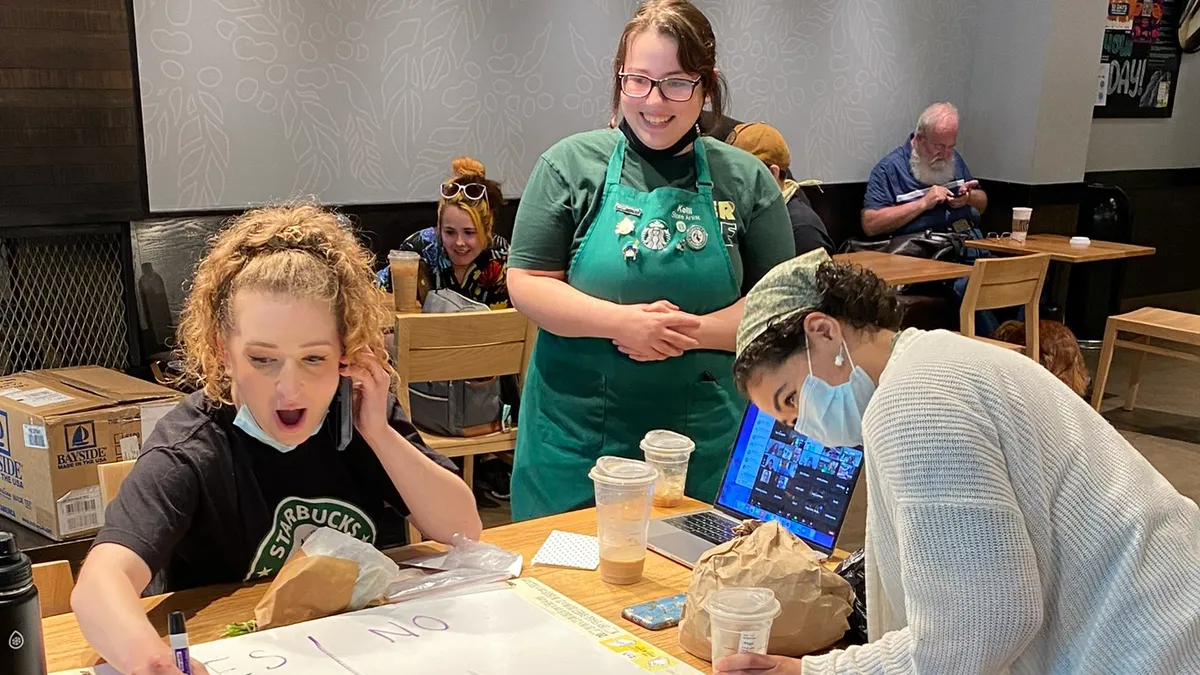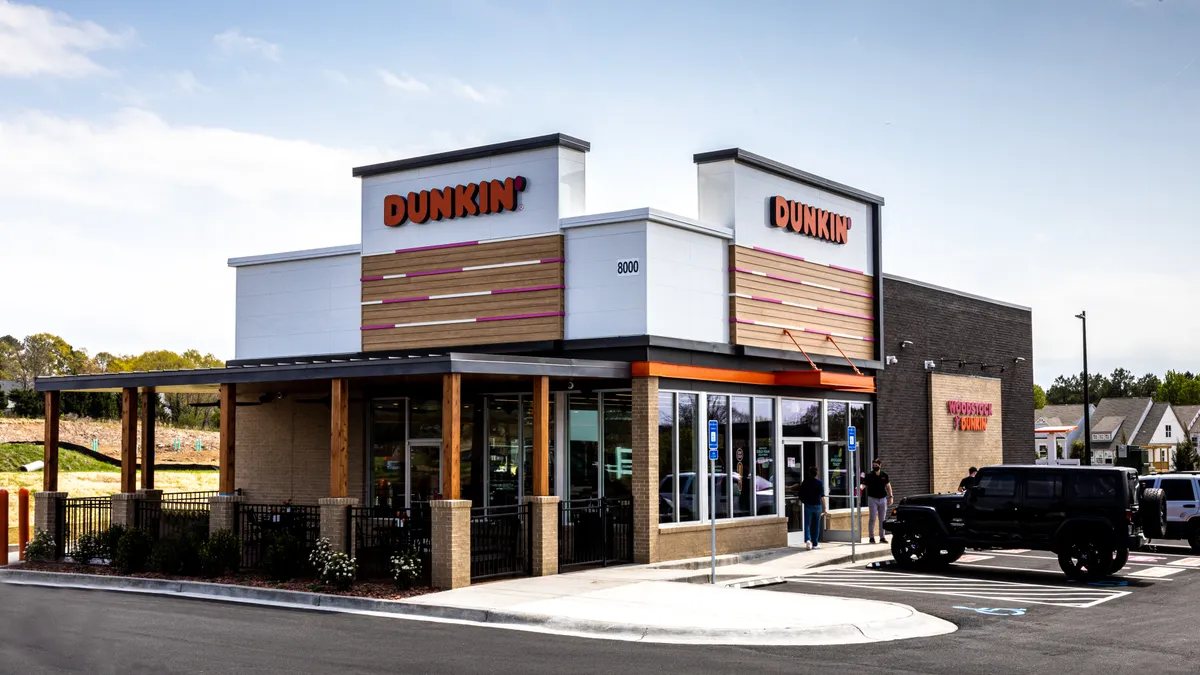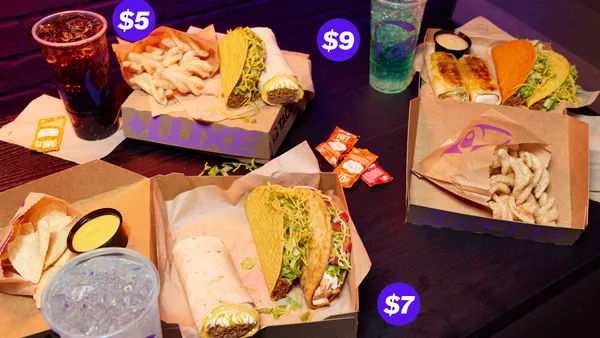Dive Brief:
- Morning meal traffic at restaurants rose in Q1 2025, the first such increase since Q2 2023, according to Circana’s Eating Patterns in America report, which analyzed $1.7 trillion in spending over more than 618 billion consumer interactions.
- Despite economic uncertainty, overall consumer spending on food and beverages rose 3% year-over-year through the first half of 2025, indicating that consumers are fairly resilient.
- Circana’s findings reinforce the impression from recent earnings seasons of a strongly competitive restaurant environment where it is still possible for brands to see significant sales growth through clever menu innovation, efforts to keep abreast of changing consumer habits and strong value plays.
Dive Insight:
The Circana report identified several possible headwinds, but stressed that these have not been enough to significantly dent spending.
“There are several elements like tariffs, immigration policy, and the narrative around the purity and quality of our food supply that seem to make the future uncertain. But despite the uncertainty, there are signs that consumers and the economy are resilient,” said David Portalatin, Circana’s senior vice president and industry advisor for food and foodservice.
Return to office policies have boosted office occupancy rates from 49% to 52% this year, increasing demand for portable foods that slot easily into workday routines.
In addition to the morning daypart and office workers, there are significant opportunities for restaurant brands to meet consumer desires, particularly with protein and healthy-perceived menu items, Circana found.
“Protein demand continues to surge, with 41% of adults actively seeking to increase their protein intake, fueling sales growth for products with protein claims compared to those without such claims,” the release stated.
Brands are already moving in response to this consumer demand: Starbucks is launching protein lattes and protein cold foam at the end of this month.
While some consumers are seeking particular food components, others are avoiding those perceived as unhealthy. Circana found a “return to purity” trend, wherein consumers avoid artificial sweeteners and colors.
“This movement is gaining momentum alongside broader ‘Make America Healthy Again’ initiatives, as 28% of adults now avoid artificial sweeteners and 25% avoid artificial colors and flavors,” the press release stated.
The results of this are particularly clear further up the food supply chain with major suppliers like Campbell’s removing synthetic colors from their products. But the consumer shift is impacting restaurants as well. In April, McDonald’s issued a press release highlighting the lack of artificial colors and ingredients in many of its menu items.











